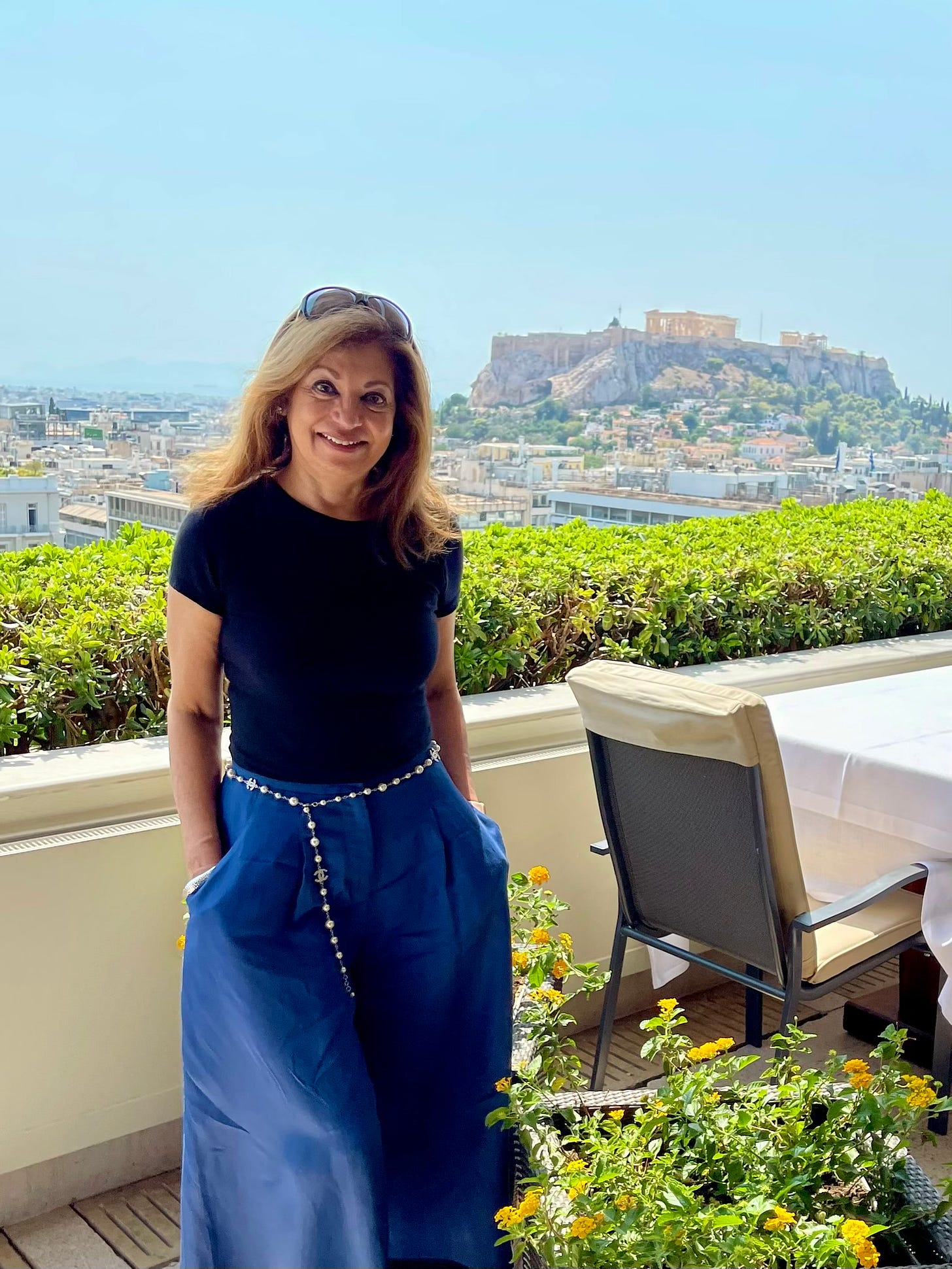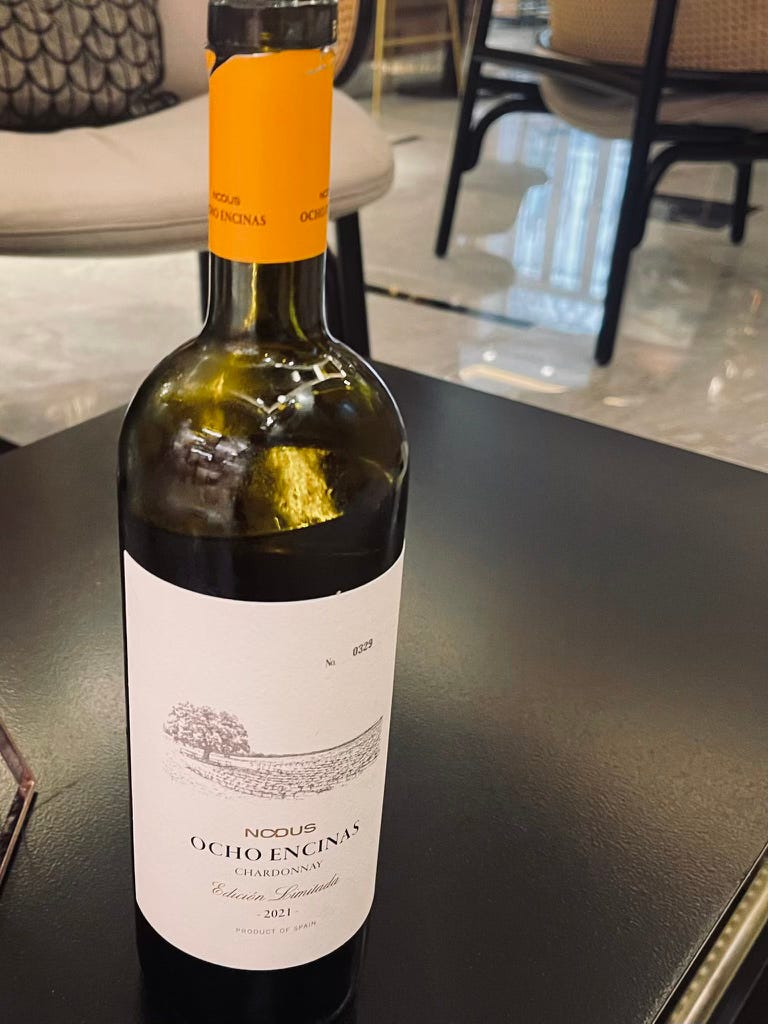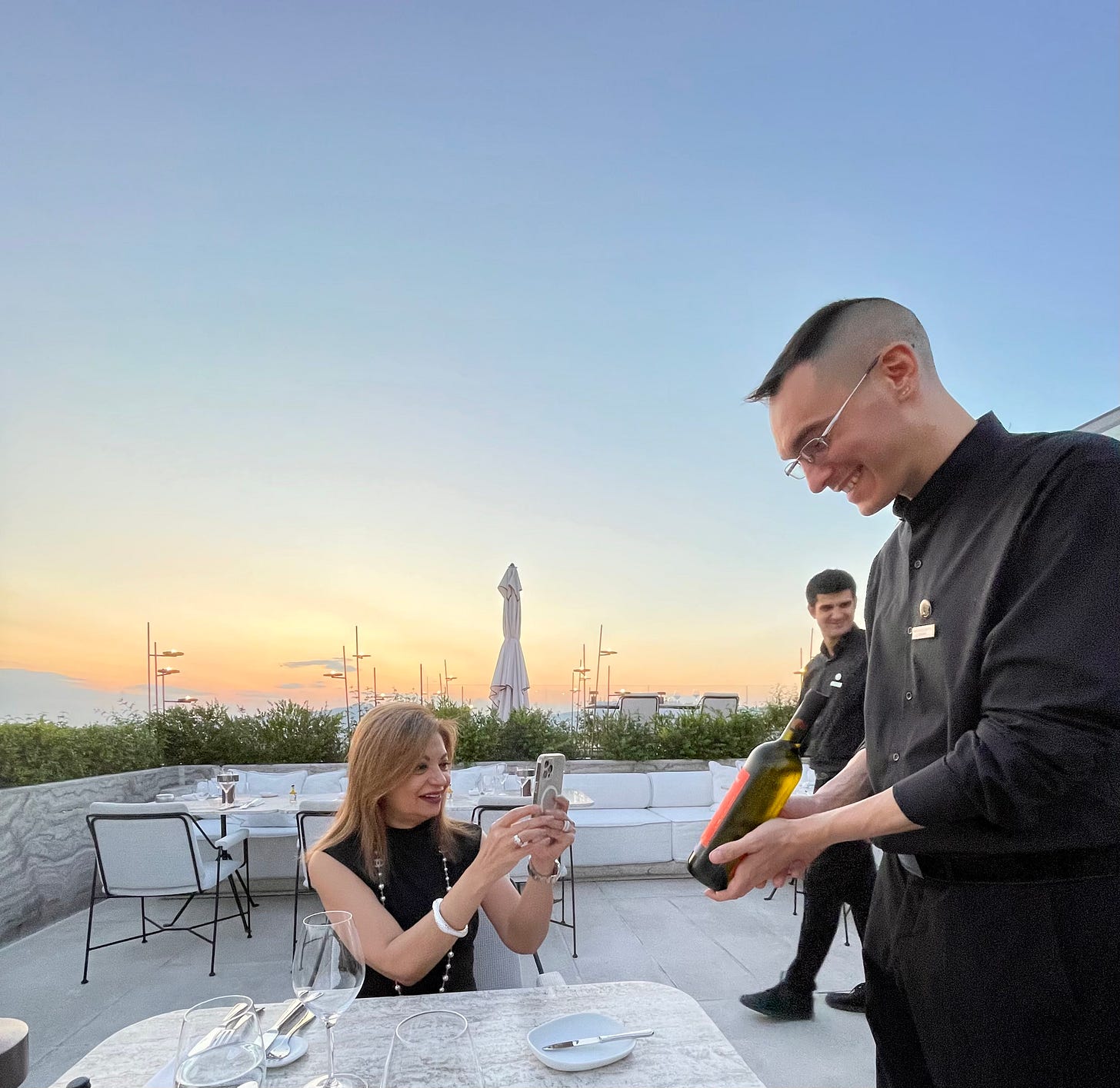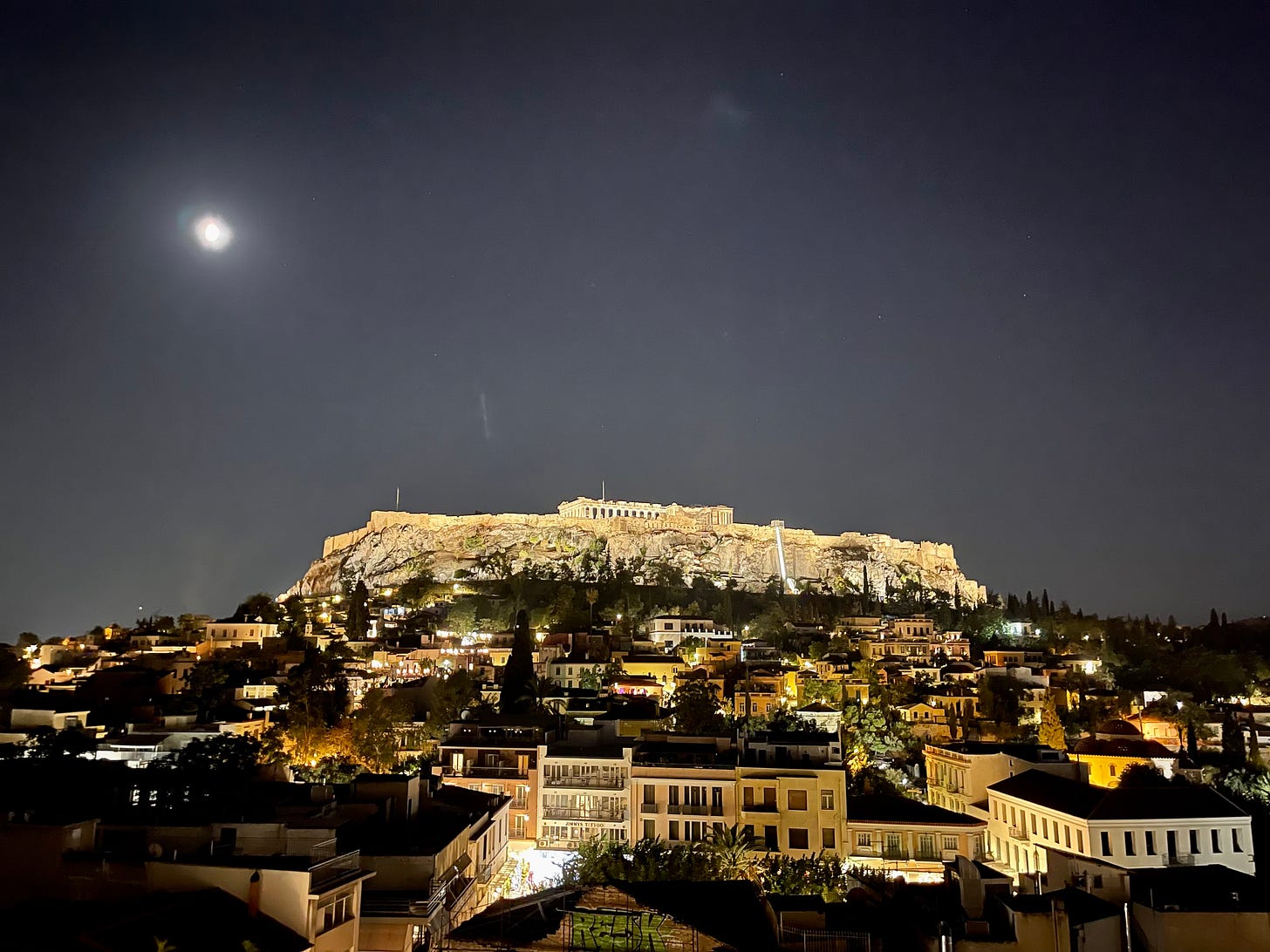Tables of Distinction, Part II
Wines Across Borders
Last week when I wrote about the Fifth Room, I meant a place where dining becomes more than a repast. A chamber of impression and resonance. Yet, no such table is ever complete without what is poured into the glasses. Wine, after all, is not merely accompaniment, it is atmosphere, heritage, and at times, revelation.
Lately, my expedition with wine is less about indulgence and more about memory. I find myself drawn more often to whites than reds, partly for health, partly for their brightness and clarity.
Each glass carries not only the terroir, but also the impression of weather, soil, and the place where it was poured. In this article, I look at the unconventional wines of Southern Europe.
Greece – Robola & Assyrtiko
From Kefalonia, we tasted Robola, a citrusy white grown on limestone slopes, its freshness shaped by the mountain winds. Assyrtiko, from Santorini’s volcanic soils, carried a salt-edged precision that spoke of the island itself.
Both revealed how geology and climate converge in the glass.
During a private tasting at Ikos Resort Dassia, Greece, these wines were more than drinks, they became lessons in heritage, poured with generosity and grace.
The experienced sommeliers educated us on the nuances of Greek terroir, making it tangible in a way that only such a curated moment can.
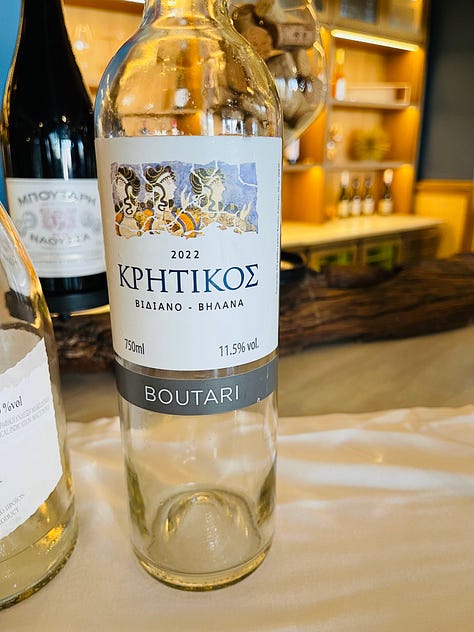
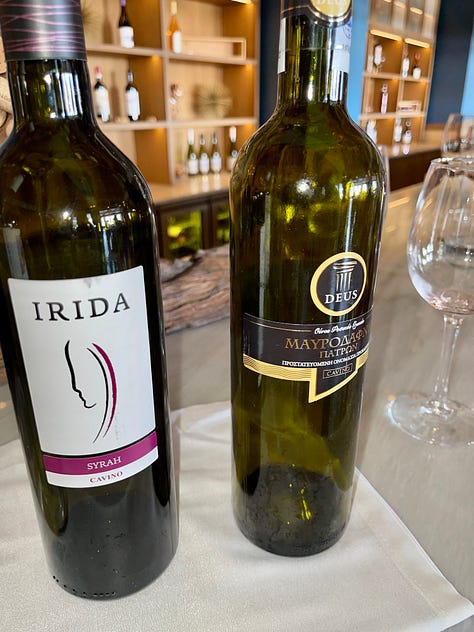
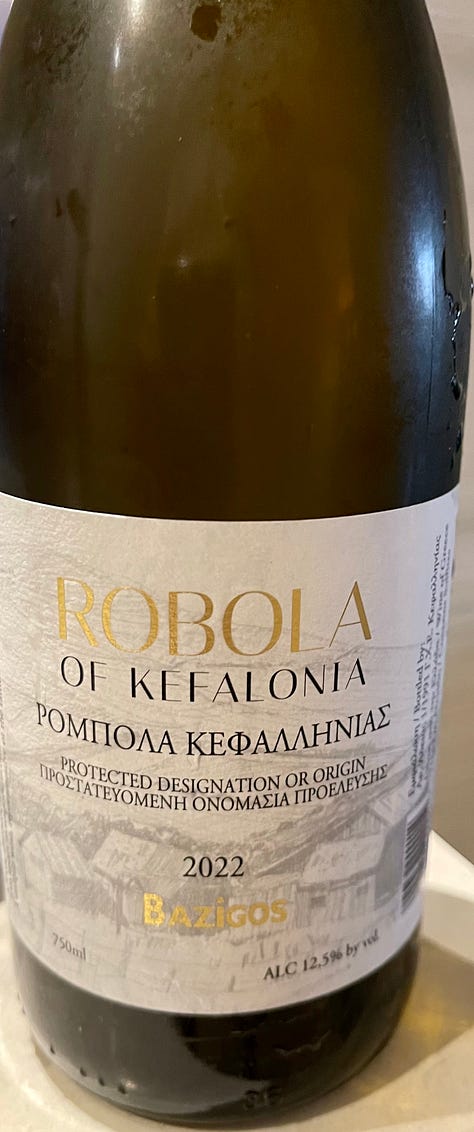
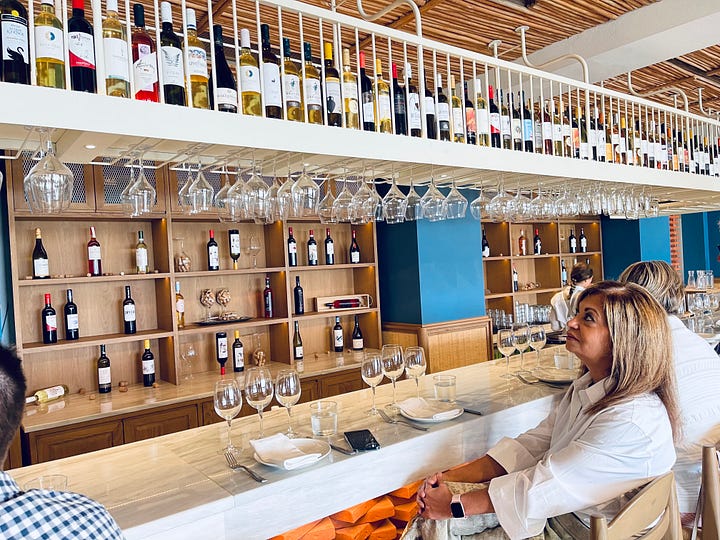
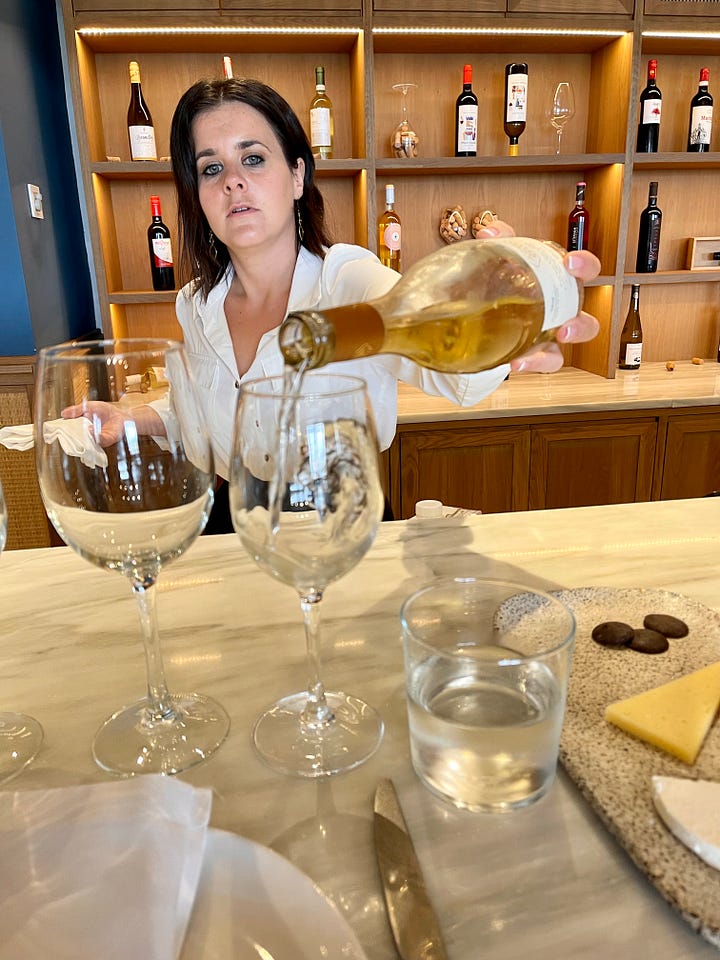
Spain - Albariño
Galicia’s Albariño thrives on Atlantic breezes, granite soils, and a maritime climate that lends its wines crisp minerality.
Paired with Spanish classics like grilled fish or an Andalusian gazpacho, together with Spain’s sun, finds its balance with the sea. An unforgettable memory.
Portugal – Bacalhôa Chardonnay
Coming from California, it is not easy to forget the bold oakiness of its Chardonnays. In Portugal, though Bacalhôa’s Chardonnay offered a different balance, fruit-forward, sun-drenched, with understated touch of oak.
It harmonized with the country’s famous cod dish “Bacalhau à Lagarerio” or a vegetarian iteration made with king oyster mushrooms that lend a delicate umami depth.
The soft fruit notes and gentle acidity brighten the richness, giving this beloved Portuguese comfort dish a fresh interpretation.
Our experiences with wine in Portugal have ben nothing short of amazing. From spectacular selection at Christian Louboutin’s Vermelho Hotel to an incredible wine pairing experienced at the standout Sublime Resort in Comporta, south of Lisbon.
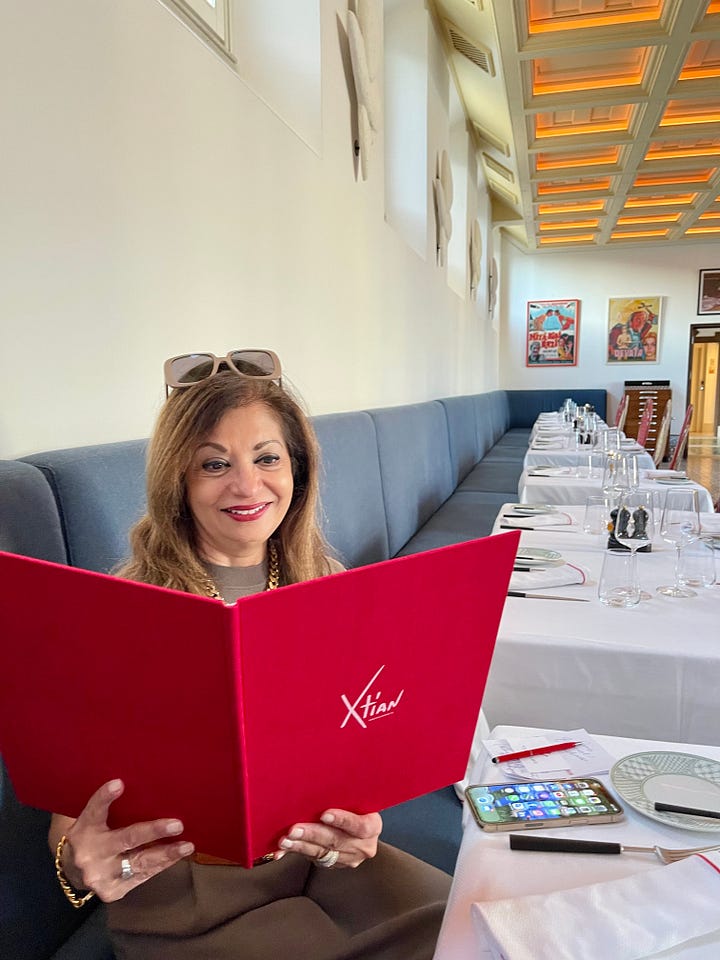
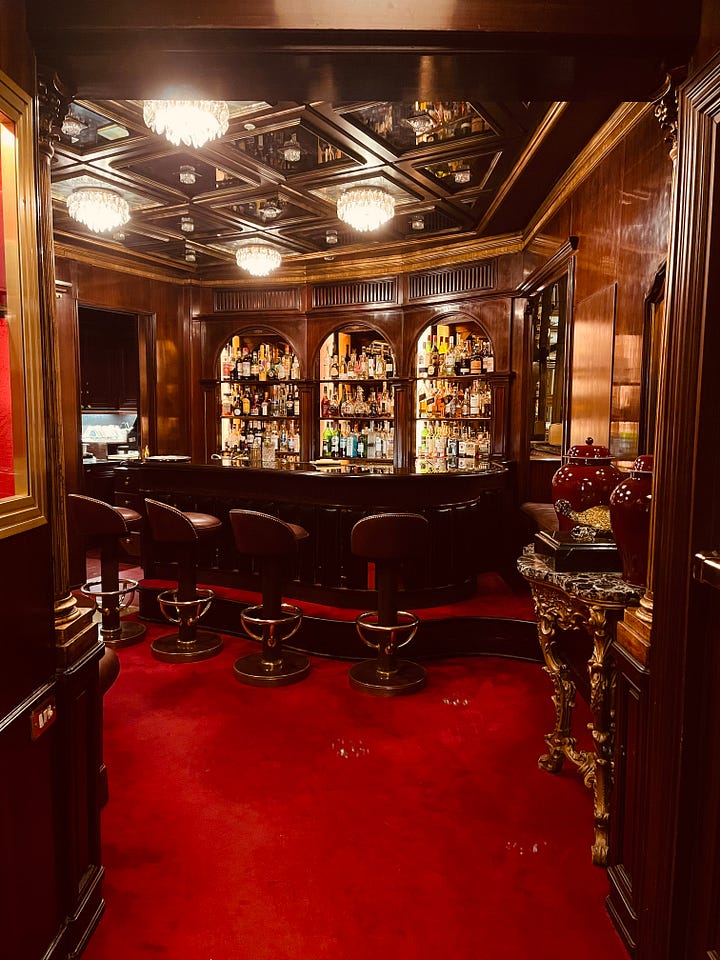
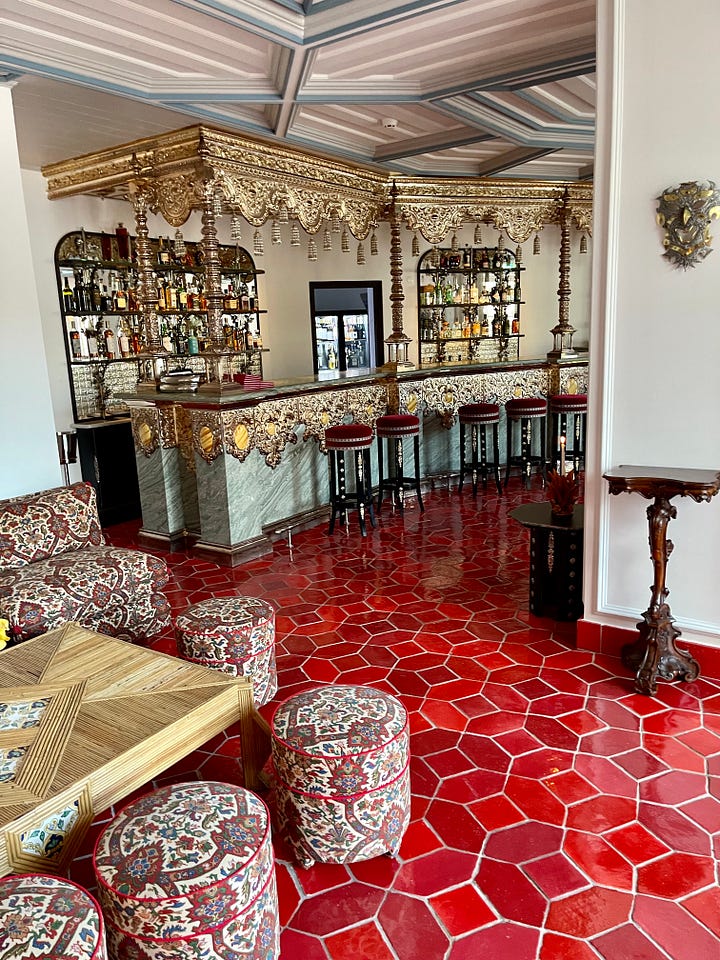

The Practice of Tasting Notes
Wine is not only something I savor, but also something I capture in words. I have long cherished the ritual of writing my tasting notes, an expression of hospitality.
Documenting not only the aromas and flavors, but the places and people tied to them. A memory sparked by a restaurant, a countryside drive, or a dinner with friends can send me back to my notebook, where the scent of Robola or the texture of an Albariño lingers on the page.
Though I taste less frequently now, the notes endure. They are my way of tracing continuity between the glass and the moment, a way of ensuring that the fleeting character of wine becomes a lasting memory.
Across time, sommeliers and wine merchants, have recorded tasting notes, capturing the spirit of each vintage and place it comes from.
“Great wines are like great books; they leave an indelible impression long after the last page is turned.”- Robert Parker
The Universality of Wine
From Galicia’s granite to Santorini’s volcanic ash and Portugal’s mineral-rich soils, each region writes its own story into the glass.
Yet across borders, environments, and traditions, wine holds the same purpose, to gather people, a recollection, a trace of where we have been or a fragment of the past. Just as a distinguished table holds reverie, so too does a well-poured glass.
The vintages change, the labels evolve, but the essence remains. Wine is both local and universal, tethered to its soil yet able to cross borders and join conversations anywhere. It is the same spirit that guided Part One, that dining in its highest form, is not just about sustenance but about connection.


